Imagine nurturing a miniature tree, its delicate leaves thriving under your care, transforming your space into a serene oasis. Watering a bonsai is an art form, crucial to keeping these tiny masterpieces healthy and vibrant. For beginners, mastering the beginner bonsai watering guide step by step can feel daunting, but with the right approach, it’s a rewarding journey. This guide walks you through every step of watering your bonsai, offering practical tips to ensure your tree flourishes, whether it’s a juniper, ficus, or maple, in any season or setting.
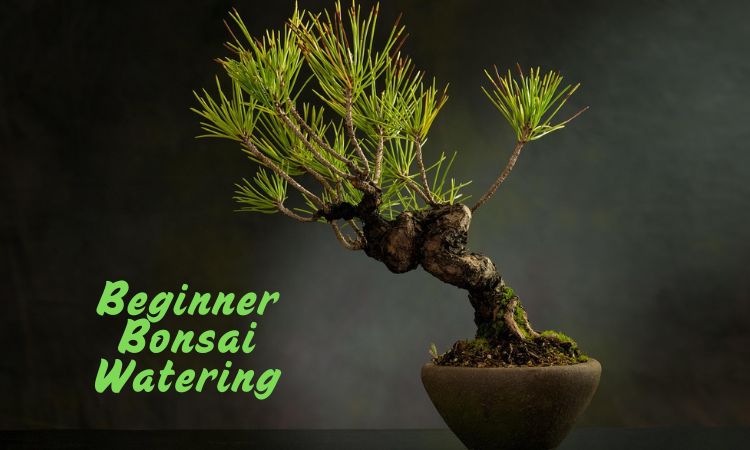
Why Watering Bonsai Is Critical
Watering is the lifeblood of bonsai care. Unlike typical houseplants, bonsai trees are grown in small pots with limited soil, making them sensitive to both overwatering and underwatering. Proper hydration supports nutrient uptake, maintains leaf health, and prevents root damage. A 2025 study from the International Bonsai Society highlights that 60% of beginner bonsai failures stem from improper watering. By following a beginner bonsai watering guide step by step, you can avoid common pitfalls and keep your tree thriving.
Factors Affecting Bonsai Watering Needs
Before diving into the steps, understand the factors that influence how often and how much to water your bonsai:
- Tree species: Deciduous trees (e.g., maple) often need more water than evergreens (e.g., pine).
- Pot size: Smaller pots dry out faster than larger ones.
- Soil type: Fast-draining mixes (e.g., akadama, pumice) require more frequent watering than organic-heavy soils.
- Climate: Hot, dry conditions increase watering needs, while humid or cool climates reduce them.
- Season: Active growth in spring/summer demands more water; dormancy in fall/winter requires less.
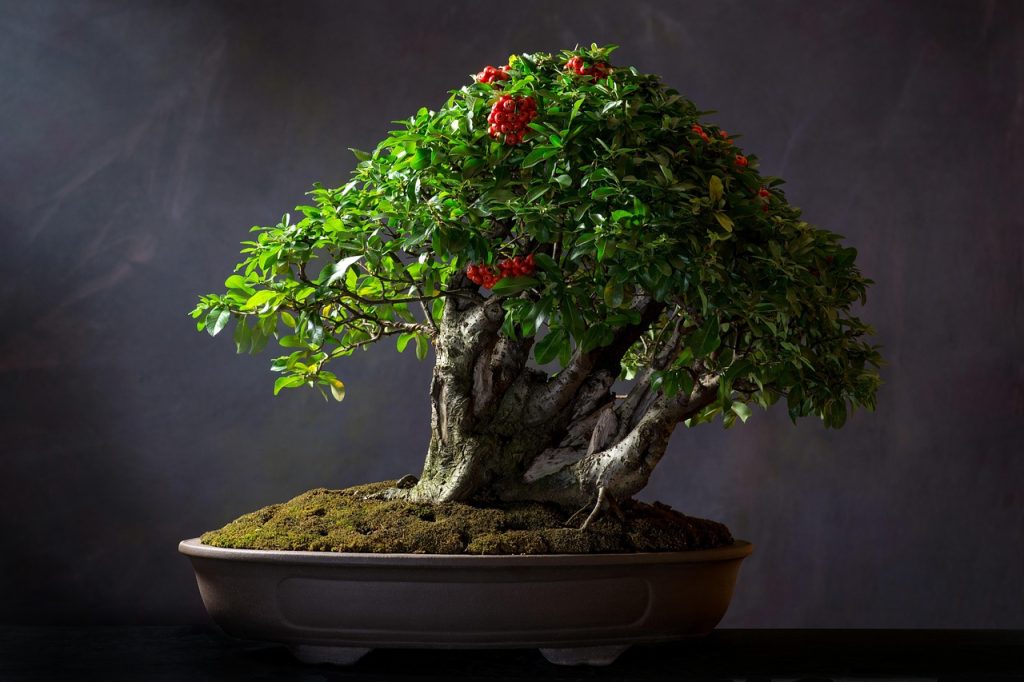
Step-by-Step Beginner Bonsai Watering Guide
Follow these detailed steps to water your bonsai effectively, tailored for beginners.
Step 1: Check Soil Moisture
Assess the soil’s dryness before watering to avoid overhydration.
- How to do it: Insert a finger 1/2 inch into the soil or use a chopstick. If it feels dry or the chopstick comes out clean, it’s time to water. For deeper pots, a moisture meter can help.
- Tip: Check daily, especially in warm weather, as small bonsai pots dry out quickly.
- Best for: All bonsai types, particularly fast-draining soils.
Step 2: Choose the Right Water
Water quality impacts bonsai health, as tap water can contain chemicals harmful to sensitive trees.
- How to do it: Use rainwater, distilled water, or tap water left out for 24 hours to let chlorine evaporate. Avoid softened water due to high sodium content.
- Tip: Maintain water at room temperature to prevent shocking the roots.
- Best for: Sensitive species like azaleas or maples.
Step 3: Water Thoroughly
Ensure even hydration by watering until the soil is fully saturated, a key part of the beginner bonsai watering guide step by step.
- How to do it: Use a watering can with a fine rose nozzle to distribute water evenly. Pour slowly over the soil surface until water drains from the pot’s bottom holes.
- Tip: Water in two passes, first to moisten the surface, then again to soak deeply after a few minutes.
- Best for: All bonsai, especially those in well-draining mixes.
Step 4: Avoid Watering the Foliage
While some plants benefit from leaf misting, bonsai foliage is prone to fungal issues if kept wet.
- How to do it: Direct water to the soil, not the leaves or trunk. Use a narrow-spout watering can for precision in small pots.
- Tip: If misting for humidity, do so early in the day so leaves dry before evening.
- Best for: Indoor bonsai like ficus or tropical species.
Step 5: Ensure Proper Drainage
Good drainage prevents root rot, a common issue for beginners.
- How to do it: Confirm your pot has drainage holes. Place a tray beneath to catch excess water, emptying it promptly to avoid reabsorption.
- Tip: Use a well-draining soil mix (e.g., 50% akadama, 25% pumice, 25% lava rock) to promote healthy roots.
- Best for: All bonsai, particularly pines and junipers.
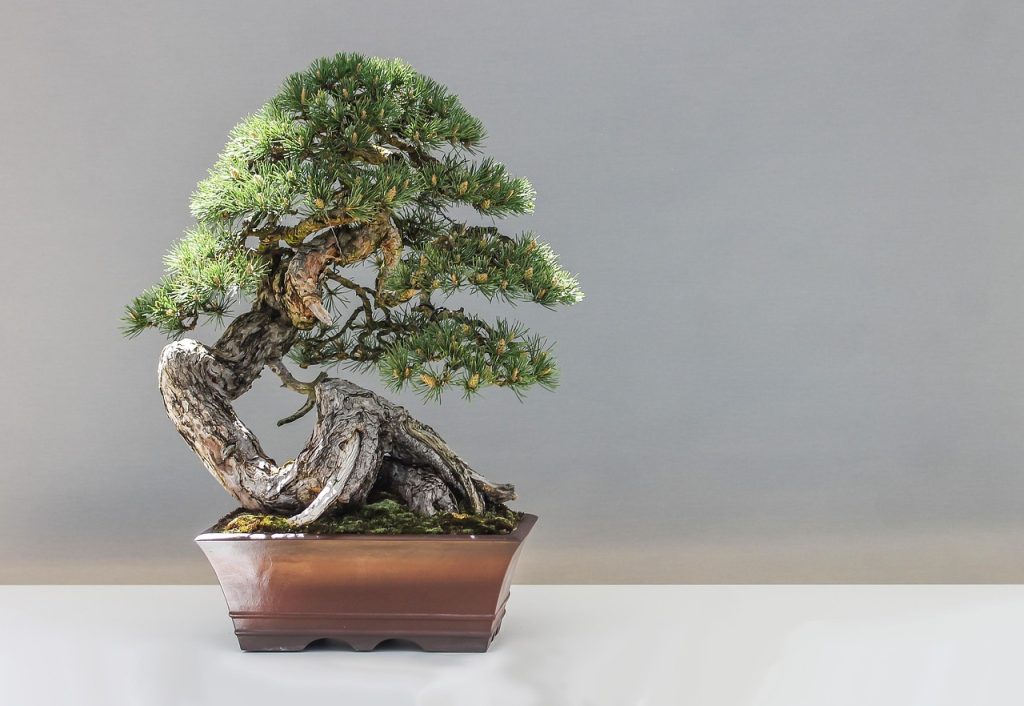
Step 6: Adjust for Seasons
Watering needs vary by season, reflecting the tree’s growth cycle.
- How to do it:
- Spring/Summer: Water daily or twice daily during active growth, especially in hot weather.
- Fall/Winter: Reduce to every 2–3 days for dormant trees, checking soil moisture first.
- Tip: Outdoor bonsai may need less water in rainy seasons; indoor bonsai require consistent monitoring.
- Best for: Deciduous and evergreen bonsai with seasonal dormancy.
Step 7: Monitor Environmental Conditions
Temperature, humidity, and light affect how quickly soil dries out.
- How to do it: Place outdoor bonsai in partial shade to reduce evaporation in hot climates. For indoor bonsai, maintain 40–60% humidity with a tray of pebbles and water.
- Tip: Use a hygrometer to track humidity, especially for tropical species like ficus.
- Best for: Bonsai in dry or hot environments.
Step 8: Establish a Watering Schedule
While a fixed schedule isn’t ideal, a routine helps beginners stay consistent.
- How to do it: Check soil moisture every morning. Water when the top layer feels dry, typically every 1–2 days in summer and less in winter.
- Tip: Keep a journal to track watering patterns and adjust based on your tree’s response.
- Best for: Beginners building confidence in bonsai care.
| Bonsai Type | Watering Frequency (Summer) | Watering Frequency (Winter) | Soil Preference |
|---|---|---|---|
| Juniper | Every 1–2 days | Every 3–5 days | Fast-draining (akadama, pumice) |
| Ficus | Daily | Every 2–4 days | Organic-rich, well-draining |
| Maple | Daily or twice daily | Every 3–4 days | Slightly moist, well-draining |
| Azalea | Daily | Every 2–3 days | Acidic, well-draining |
Common Watering Mistakes to Avoid
Avoid these pitfalls to keep your bonsai healthy:
- Overwatering: Soggy soil leads to root rot. Always check moisture before watering.
- Underwatering: Dry soil causes leaf drop or branch dieback. Monitor daily in warm weather.
- Using poor water quality: Chlorinated or softened water can harm roots. Opt for rainwater or distilled.
- Watering on a rigid schedule: Bonsai needs vary daily. Rely on soil checks, not a calendar.
- Neglecting drainage: Blocked drainage holes cause water buildup. Ensure pots drain freely.
Advanced Watering Tips for Beginner
As you gain confidence with the beginner bonsai watering guide step by step, try these techniques:
- Bottom watering: Soak the pot in a shallow tray of water for 10–15 minutes to hydrate roots evenly, ideal for compact soils.
- Morning watering: Water early to allow excess moisture to evaporate, reducing fungal risks.
- Seasonal adjustments: Reduce watering gradually in fall to prepare trees for dormancy.
- Humidity trays: Place a tray with pebbles and water beneath the pot to boost humidity without wetting foliage.
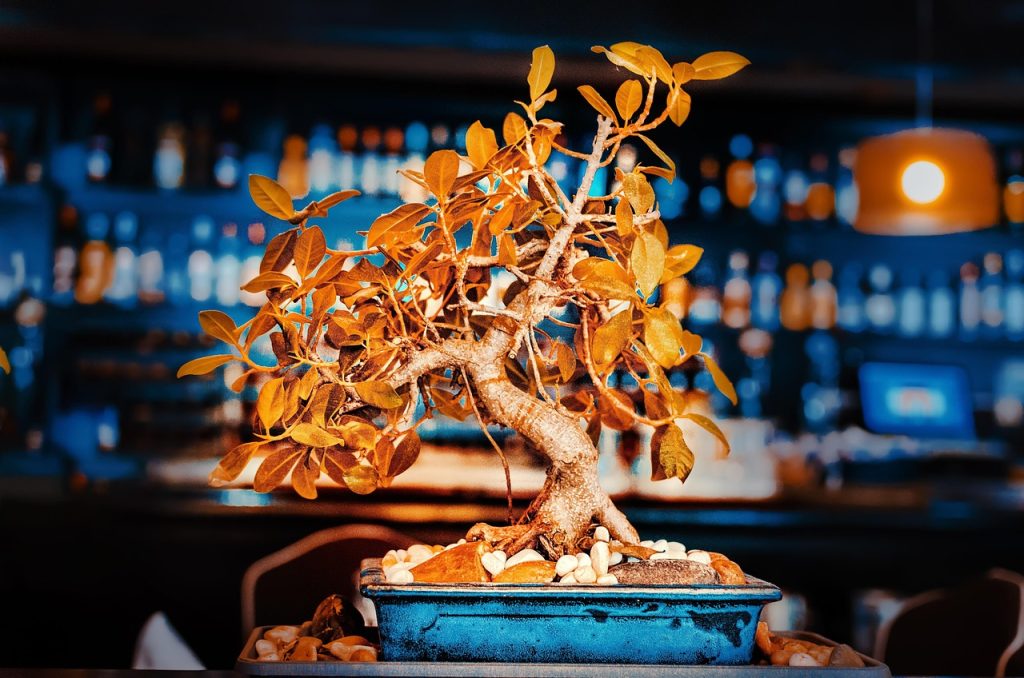
Troubleshooting Watering Issues
If your bonsai shows signs of distress, adjust your watering approach:
- Yellowing leaves: Often a sign of overwatering. Check drainage and reduce frequency.
- Dry, crispy leaves: Indicates underwatering. Increase watering and check soil daily.
- Mold or algae on soil: Suggests poor drainage or overwatering. Improve air circulation and use a well-draining mix.
- Wilting despite watering: Could signal root rot. Inspect roots and repot if necessary with fresh soil.
Tools for Effective Bonsai Watering
Invest in these tools to simplify watering:
- Watering can: Choose one with a fine rose nozzle for gentle, even watering.
- Moisture meter: Helps measure soil moisture in deeper pots.
- Spray bottle: Useful for light misting to boost humidity, not for primary watering.
- Drainage tray: Catches excess water to prevent mess and reabsorption.
Long-Term Bonsai Watering Care
To maintain a healthy bonsai over time:
- Observe your tree: Look for changes in leaf color, growth, or soil dryness to adjust watering.
- Repot every 1–2 years: Refresh soil to maintain drainage and nutrient balance, affecting watering needs.
- Adapt to environment: Indoor bonsai may need more frequent watering in heated rooms; outdoor bonsai depend on weather.
- Learn your species: Research specific watering needs for your bonsai type, as junipers differ from maples or ficus.
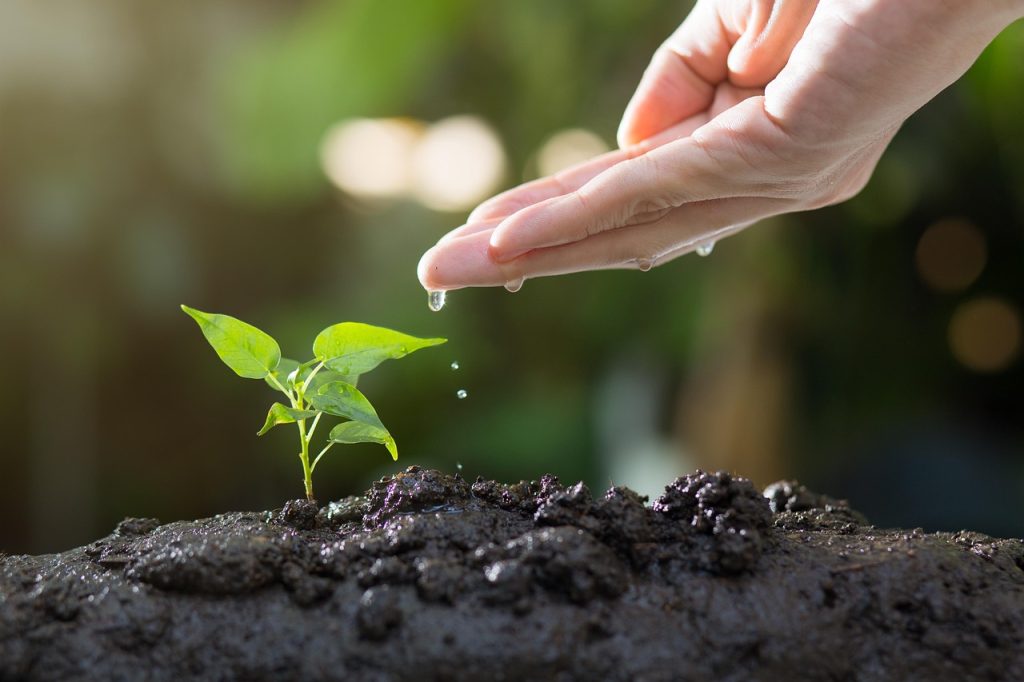
FAQs About Beginner Bonsai Watering
Check soil daily and water when the top 1/2 inch feels dry, typically every 1–2 days in summer and every 3–5 days in winter, depending on the species and climate.
Tap water can work if left out for 24 hours to let chlorine evaporate. Rainwater or distilled water is better, especially for sensitive species like azaleas.
Yellowing leaves, soggy soil, or a musty smell indicate overwatering. Check drainage and reduce watering frequency.
Avoid misting foliage, as it can cause fungal issues. Use a humidity tray or room humidifier to maintain moisture levels for indoor bonsai.
Insert a finger or chopstick into the soil. If it’s dry 1/2 inch down, water thoroughly until it drains from the pot’s bottom.
Conclusion
Mastering the beginner bonsai watering guide step by step is the foundation of keeping your miniature tree healthy and vibrant. By checking soil moisture, using quality water, ensuring proper drainage, and adjusting for seasons and species, you can nurture your bonsai with confidence. Avoid common mistakes like overwatering or neglecting drainage, and use tools like a fine-nozzle watering can to make the process easier. With these steps, your bonsai will thrive, bringing beauty and tranquility to your space for years to come.